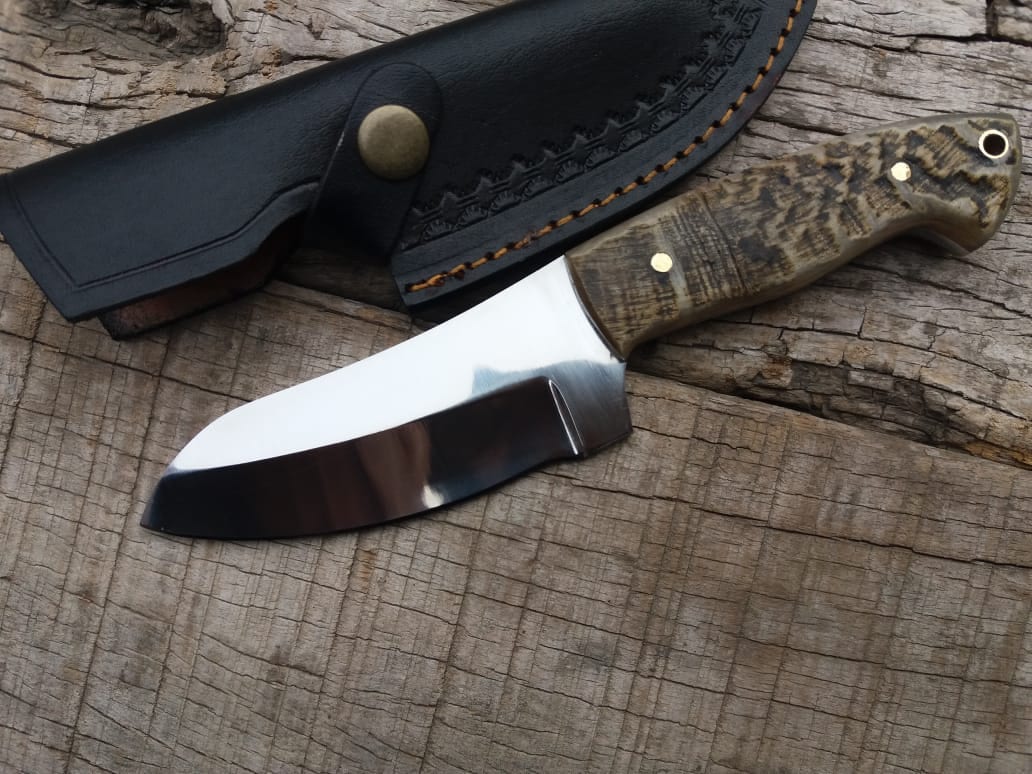In the competitive world of culinary arts, maintaining your tools is paramount. For kitchen professionals, knives are not just utensils; they are an extension of their skill and craft. When your blade lacks the precision of a scalpel, it can compromise performance. That's when blade re-profiling methods come into play, offering solutions to refine your tools back to their finest forms.
Re-profiling is the act of reshaping a blade's edge or the entire profile to achieve improved cutting efficiency and longevity. It's vital for chefs and culinary experts who demand the best from their blades. In this detailed guide, we will explore the nuances of blade re-profiling methods and why they're essential for your kitchen toolkit.

The Importance of Regular Blade Maintenance
A well-maintained knife not only performs better but also reduces the risk of accidents. When a blade becomes dull or improperly shaped, it requires more force to cut, leading to slips or mishaps. By understanding and applying effective blade re-profiling methods, kitchen professionals can ensure that their knives remain sharp, safe, and efficient.
Regular maintenance also extends the lifespan of your blades. When a knife is consistently honed and re-profiled, it retains its edge longer and requires less frequent sharpening, ultimately preserving the metal and the knife's integrity.
Common Blade Re-profiling Techniques
There are several methods kitchen professionals can employ to re-profile their blades. Each technique caters to specific needs and types of blades. Understanding these methods allows for informed decision-making when restoring a knife's optimal cutting angle and edge.
Using Sharpening Stones
One of the most traditional and widely-used methods involves sharpening stones. By using stones of varying grit, from coarse to fine, chefs can gradually work away the metal to achieve the desired edge profile. This method allows for high precision but requires skill and practice. Learn more about blade anatomy here.
Employing Guided Sharpening Systems
Guided sharpening systems provide a more user-friendly approach. These systems come with fixed angles, ensuring the user maintains consistent pressure and angle throughout the sharpening process. This method is particularly beneficial for less experienced users or for maintaining uniformity when re-profiling multiple knives.
Why Re-profiling is Essential for Professionals
In professional kitchens, consistency and precision are key. A well-reprofiled blade allows for uniform cuts, which are crucial for presentation and cooking uniformity. Ensuring that every slice is accurate enhances the dish's aesthetic and affects cooking times and taste.
Furthermore, a meticulously re-profiled blade reduces the fatigue associated with prolonged cutting or slicing tasks, improving overall kitchen efficiency. To dive deeper into how professional blades are crafted, visit this resource.
Tools That Aid in Blade Re-profiling
Several tools can assist in blade re-profiling, each offering various advantages depending on the user's expertise and the blade type. Knowing the correct tools to use can make the process more efficient and yield desirable results.
Honing Rods
While honing rods dont remove as much metal as stones or grinders, they are excellent for maintaining an edge between major re-profiling sessions. They're quick and efficient for minor edge touch-ups during daily operations.
Rotary Tools
Rotary tools fitted with specific attachments can quickly reshape a blade's edge. This method requires caution, as it can overheat and damage the blade if not handled properly.
Innovations in Blade Re-profiling
The culinary industry continually evolves, bringing new technologies and methods for cutting-edge knife maintenance. From sophisticated laser-guided systems to smart sharpening applications, the future of re-profiling promises precision, ease, and innovation. Staying informed about these advancements can help kitchen professionals maintain their edgeboth literally and figurativelyin the marketplace.
Conclusion
Understanding and applying effective blade re-profiling methods is invaluable for any kitchen professional looking to maintain an edge in the culinary field. Through regular maintenance, the use of precise tools, and by staying informed about new innovations, chefs can extend the life of their knives, improve their cutting proficiency, and ensure safety in the kitchen.
For more insights into knife care and maintenance, visit these guides on using a fixed-blade knife and blade edges.

FAQs
What is blade re-profiling?
Blade re-profiling involves reshaping a knife's edge to restore its sharpness and maintain an optimal cutting profile. It usually requires removing some metal to achieve the desired angle.
How often should knives be re-profiled?
The frequency of re-profiling depends on knife usage and the type of tasks performed. Regular use may require re-profiling every few months, but honing should be a more frequent practice.
Can re-profiling damage knives?
Improper re-profiling can indeed damage knives, especially if excessive metal is removed or the process generates too much heat. Its crucial to use the right tools and techniques to avoid harming the blade.
This article contains affiliate links. We may earn a commission at no extra cost to you.


























